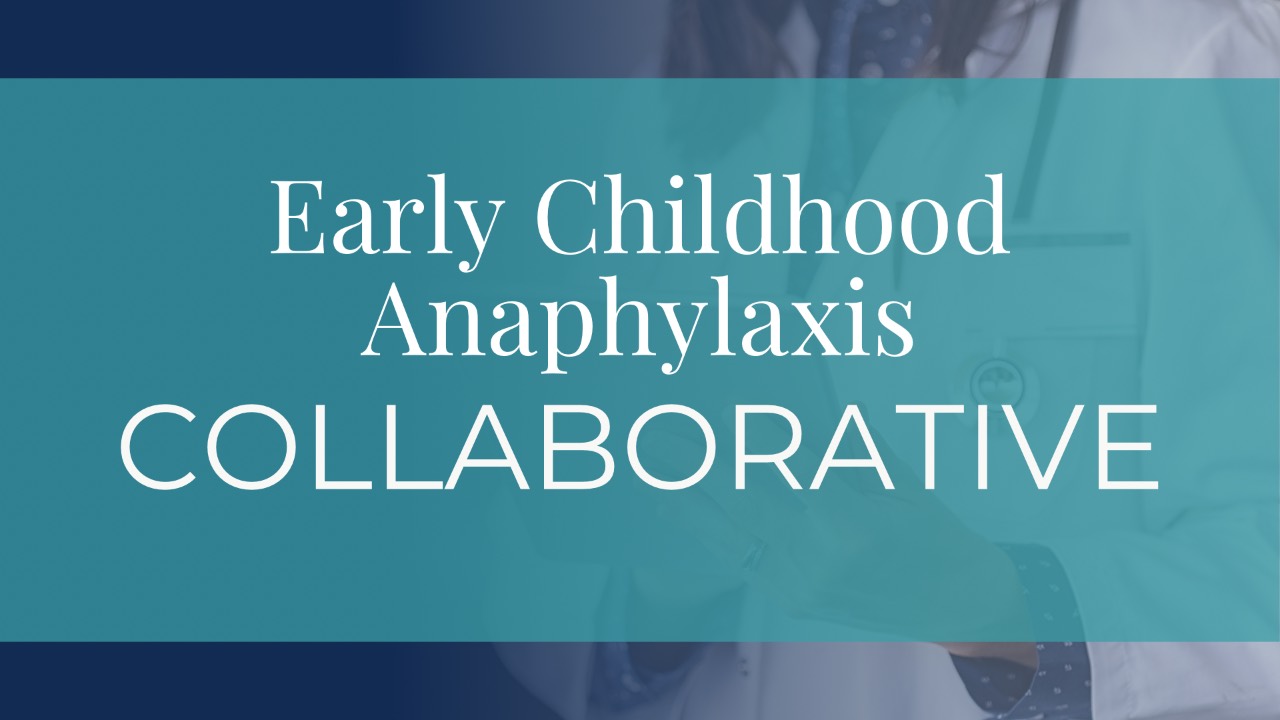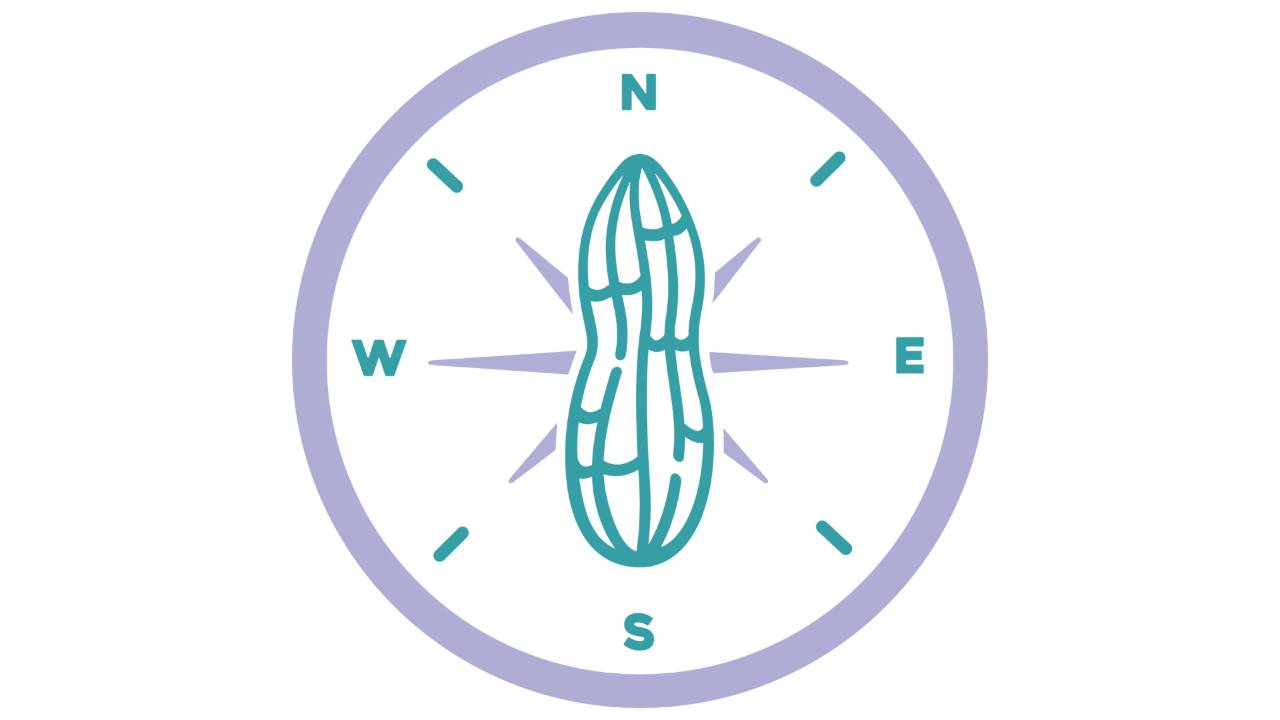neffy = nasal epinephrine
Are auto-injectors for anaphylaxis going to be a thing of the past?
Food Allergy Friday 01.10.2025
Expert Updates for Pediatric Healthcare Providers
🧭 Your weekly compass in the evolving landscape of pediatric food allergies
This Week's Featured Article
Title: "Development of neffy, an Epinephrine Nasal Spray, for Severe Allergic Reactions"
Authors: Anne K Ellis et al
Journal and Year: Pharmaceutics 2024
⚡️ Key Points in 30 Seconds
-
Epinephrine treats anaphylaxis.
-
Prior to August 2024, the only FDA-approved forms of self-administered epinephrine to treat anaphylaxis used needles.
-
neffy is nasal epinephrine that is now FDA-approved to treat anaphylaxis in patients 66 pounds and up.
-
neffy contains epinephrine and Intravail, a GRAS (generally recognized as safe) compound that allows the epi to be absorbed through nasal mucosa.
-
neffy's pharmacodynamics are comparable to or better than that of injected epi.
- If a child weighs 66 pounds or more and is at risk of anaphylaxis from a food allergy or other allergy, neffy may be a great choice for them.
👉 Why This Article Matters for Your Practice
Epinephrine is often underprescribed, underfilled, and underused. While issues such as price are certainly a factor, the fear of self-administering a shot or, in the case of a child, the fear a parent or school teacher or other adult has in administering a shot to a child is a barrier to prompt treatment of anaphylaxis. Delayed treatment of anaphylaxis places a child at risk for a worse outcome.
neffy makes moot the concern of giving a shot because neffy is a nasal spray, not a shot. This means patients and parents may be more likely to administer this epinephrine during a time of crisis. This also means a patient may be more likely to have the device with them because they do not fear it and because it is relatively small compared to some epinephrine auto-injectors.
📊 Study Overview
Population: Review of multiple studies.
Design: In this review, the authors break down what neffy is and the studies that helped it earn FDA-approval.
Primary Outcome (regarding food allergy): neffy demonstrates comparable or better pharmacokinetics compared to intramuscular epinephrine.

Figure 3. Pharmacodynamic measurements vs. time after neffy, EpiPen, Symjepi, epinephrine 0.3 mg IM, and placebo: (A) Mean change from baseline in systolic blood pressure (SBP). (B) Mean change from baseline in diastolic blood pressure (DBP). (C) Mean change from baseline in pulse rate (PR). Figure available in open-access article.
Key Conclusions by the Authors: “Nasal administration of epinephrine may be an attractive option, providing patients and caregivers with a needle-free, pain-free delivery option that results in rapid absorption and resolution of symptoms.”
Hoyt Commentary
Honestly, it's about time that we have another way to administer treatment for anaphylaxis.
I have heard from countless patients and families their concerns about giving a shot, so having a needle-free way to treat the life-threatening emergency anaphylaxis is a game changer. While we will still have issues with costs and there will still be patients who do not think their anaphylaxis symptoms are bad enough to warrant epinephrine, I know there are now families who feel empowered to promptly treat anaphylaxis as soon as they recognize it. That confidence not only will keep children safer but allows families to live life with less anxiety about food allergies. That's life-changing.
As enthusiastic as I am about this new option, will it make auto-injectors obsolete? Unlikely. Some people may still prefer the auto-injector. Also, neffy is not yet FDA-approved for weights less than 66 pounds. I expect the 33-66 pound device/approval soon, but what about babies? Could epi be delivered effectively into a tiny nose?
I'm still cautious and look forward to more real-world data on how well neffy works in anaphylactic emergencies. It's important to note that there was no head-to-head study of an epi auto-injector and neffy in treating life-threatening anaphylaxis in humans - that's in part because it's a major ethical issue to knowingly subject a person to severe hypotension (which comes with severe anaphylaxis). But now that it's FDA-approved and allergists are using it in-office to treat positive ingestion challenges and we are seeing first-hand how well it works (and sharing these cases with colleagues), we will have more real-world data that it does indeed work as well as it appears to work in the studies that earned its approval by the FDA for this indication.
So if you have a patient with an IgE-mediated food allergy and that patient weighs at least 66 pounds, ask them if they'd like neffy.
Patient Communication Tips
🗣️ Key Messages for Families
-
Epinephrine is the treatment for anaphylaxis.
-
Epinephrine for anaphylaxis can be administered via auto-injector or nasal spray.
- neffy is a needle-free option for treatment of anaphylaxis.
Sample Script:
"Anaphylaxis can be scary in part because of the reaction but also because the treatment, until recently, was a shot. Now the FDA has approved a nasal version of epinephrine called neffy that treats anaphylaxis. You need epi if you have an anaphylactic food allergy. Would you like epi prescribed as neffy or as an auto-injector?"
🧐 Quick Quiz
After perusing the article, test your knowledge with this single question:
What form of epinephrine resulted in the least change in systolic blood pressure at 10 minutes?
A. neffy
B. IM epinephrine
C. EpiPen
D. Symjepi
Answer and explanation provided in next week's newsletter. ✔
Last week’s answer: D. None of the early childhood vaccines tested contained peanut, egg, or milk proteins. You can confidently tell your patients these vaccines do not contain such allergenic proteins and, thus, are not causing these allergies.
🤓 Reader's Corner
Have a question about this week's article? Want to suggest a topic for future review?
Email us at [email protected].

'Food Allergy Friday' is curated and written by Dr. Alice Hoyt. Dr. Hoyt is board-certified in allergy & immunology, internal medicine, and pediatrics. Her clinical expertise is in food allergies, and she serves patients with her team at the Hoyt Institute of Food Allergy.
Share this newsletter! Simply forward it to a colleague. 👍 And they can visit foodallergypedshub.hoytallergy.com.





